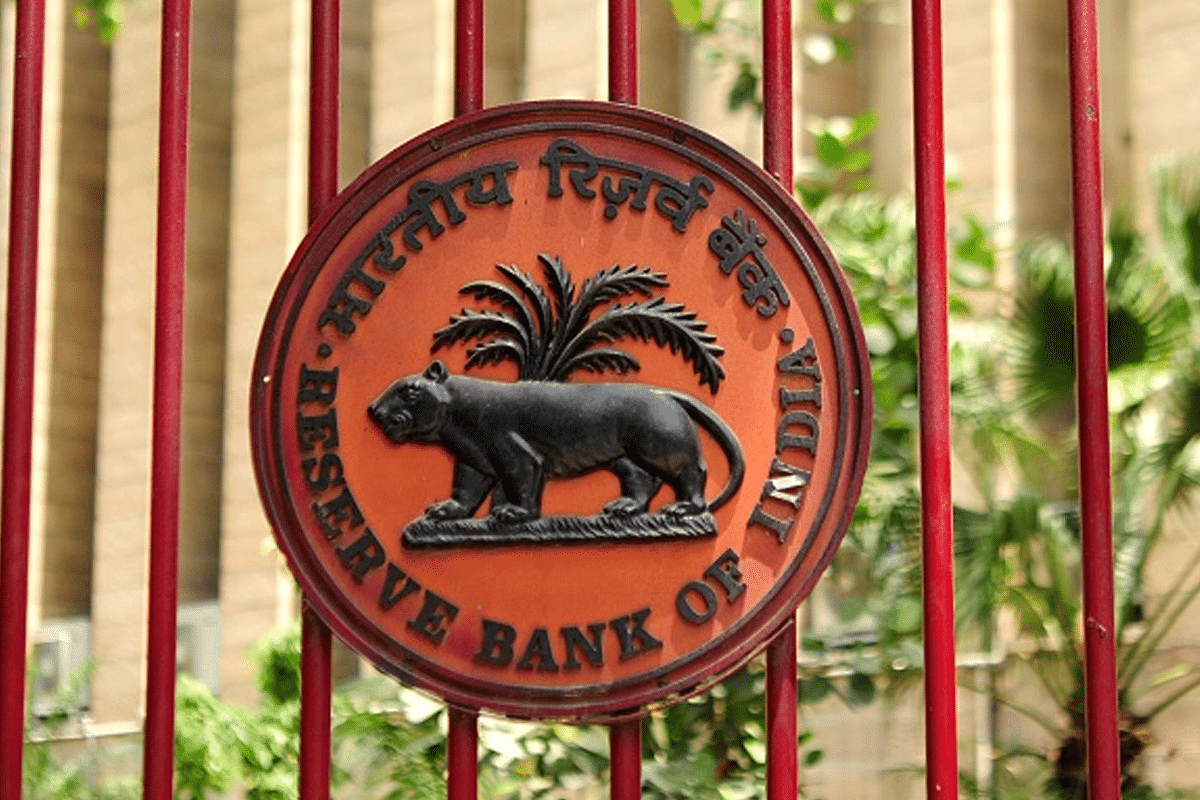Economy
Indian Banks' Non-Performing Assets Hit Multi-Year Low, Reflects Economic Resilience: RBI Report

Reserve Bank of India (RBI). (Representative Image via Getty Images)
The Reserve Bank of India (RBI) announced on Thursday (28 December) that the net non-performing assets ratio of banks has reached a multi-year low of 0.8 per cent as of September 2023, indicating the robustness of the country's domestic financial system as reported by The Indian Express.
According to the Financial Stability Report (FSR) by the RBI, the non-banking financial companies sector's resilience has also seen improvement, with a Capital to Risk-Weighted Assets Ratio (CRAR) at 27.6 per cent, a Gross Non-Performing Assets (GNPA) ratio at 4.6 per cent, and a Return on Assets at 2.9 per cent, all reported for September 2023.
Furthermore, the GNPA ratio for banks has similarly decreased to a multi-year low of 3.2 per cent, as highlighted in the report.
The FSR, representing the collective evaluation of the Financial Stability and Development Council's sub-committee, assesses the risks to financial stability and the resilience of the Indian financial system.
In terms of capital adequacy, the CRAR and Common Equity Tier-1 ratio for scheduled commercial banks (SCBs) were recorded at 16.8 per cent and 13.7 per cent, respectively, as of September 2023.
The report also conducted macro stress tests for credit risk, projecting that SCBs would meet minimum capital requirements, with the system-level CRAR in September 2024 estimated at 14.8 per cent, 13.5 per cent, and 12.2 per cent under baseline, medium, and severe stress scenarios.
While the domestic financial system is described as resilient, supported by strong macroeconomic fundamentals, sound financial institution balance sheets, moderating inflation, an improving external sector position, and ongoing fiscal consolidation, the global economy is facing multiple challenges.
These challenges include the potential for slowing growth, high public debt, growing economic fragmentation, and prolonged geopolitical conflicts.
Support Swarajya's 50 Ground Reports Project & Sponsor A Story
Every general election Swarajya does a 50 ground reports project.
Aimed only at serious readers and those who appreciate the nuances of political undercurrents, the project provides a sense of India's electoral landscape. As you know, these reports are produced after considerable investment of travel, time and effort on the ground.
This time too we've kicked off the project in style and have covered over 30 constituencies already. If you're someone who appreciates such work and have enjoyed our coverage please consider sponsoring a ground report for just Rs 2999 to Rs 19,999 - it goes a long way in helping us produce more quality reportage.
You can also back this project by becoming a subscriber for as little as Rs 999 - so do click on this links and choose a plan that suits you and back us.
Click below to contribute.
Latest